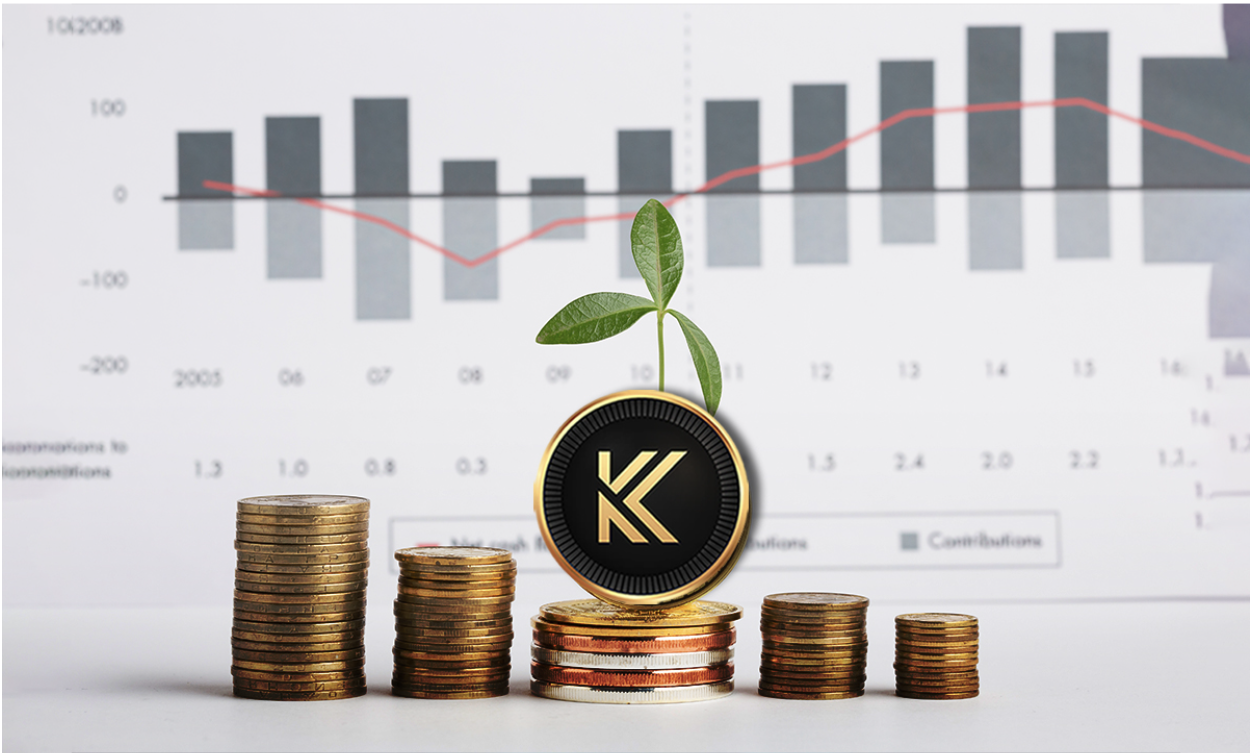Recently, excitement in the US stock markets has shifted to unease. It has been over a month since the S&P 500 reached its peak, and the trend of the index is becoming increasingly negative due to deteriorating investor sentiment. Macro-economic uncertainties are stifling risk appetite, while major funds are facing significant losses during this period. Global markets and the cryptocurrency market are focusing on potential new tariffs to be implemented on April 2, along with the monetary policies of the Federal Reserve.
Major Macro Funds Encounter Serious Losses
March proved to be challenging for the financial markets. Some of the largest macro hedge funds in the US faced substantial losses. Notably, Millennium reported a loss of $900 million from just two of its teams’ trades, while Brevan Howard’s Master Fund has dropped 5% since the beginning of the year. These events prompted fund managers to implement stricter risk management strategies.
The downturn in the markets is forcing investors to adopt more cautious positions. Exits from high-risk investment instruments are accelerating, with hedging strategies coming to the forefront. High interest rates and inflationary pressures are increasing uncertainty in the markets, negatively affecting overall market sentiment and intensifying selling pressure.
Geopolitical Tensions and Trade Wars Intensify
Moreover, global trade wars have reached a new dimension. Economic retaliations that began between Canada and China could expand further with the involvement of the European Union. The greatest risk is seen in the new tariffs the US could implement on April 2, which may slow down the global economy, warranting caution.
Ongoing conflicts in the Middle East are also fueling uncertainty in the markets. However, despite rising geopolitical tensions, anticipated increases in oil prices have not materialized, primarily due to the US’s rising oil production and expectations of a global economic recession.
Investors are turning towards safe-haven assets like gold in response to geopolitical risks. Gold stands out as a key indicator of risk perception in the current circumstances.
The cryptocurrency market is experiencing sharp fluctuations alongside global markets. While Bitcoin (BTC)  $104,967 appears to have found support at the $80,000 level, the strength of this support remains uncertain. The general weakness in the markets is pushing investors to avoid risks, raising concerns that this support could easily break during negative developments.
$104,967 appears to have found support at the $80,000 level, the strength of this support remains uncertain. The general weakness in the markets is pushing investors to avoid risks, raising concerns that this support could easily break during negative developments.

Especially, the decrease in leveraged trades and momentum-based investments is increasing Bitcoin’s volatility. In the current macroeconomic environment, there is no clear catalyst for the largest cryptocurrency to make a strong upward move. This negativity, coupled with investors’ shifts towards safer investments to protect against short-term uncertainties, is heightening the pressure on prices.

 Türkçe
Türkçe Español
Español








